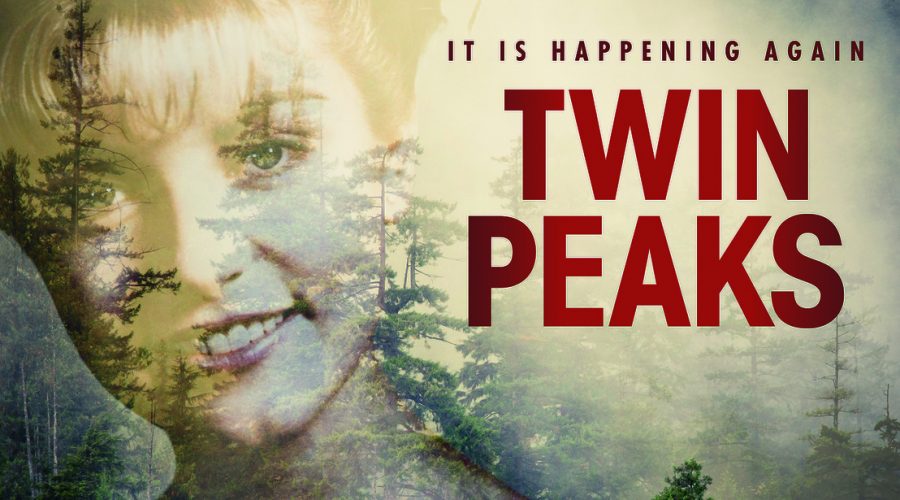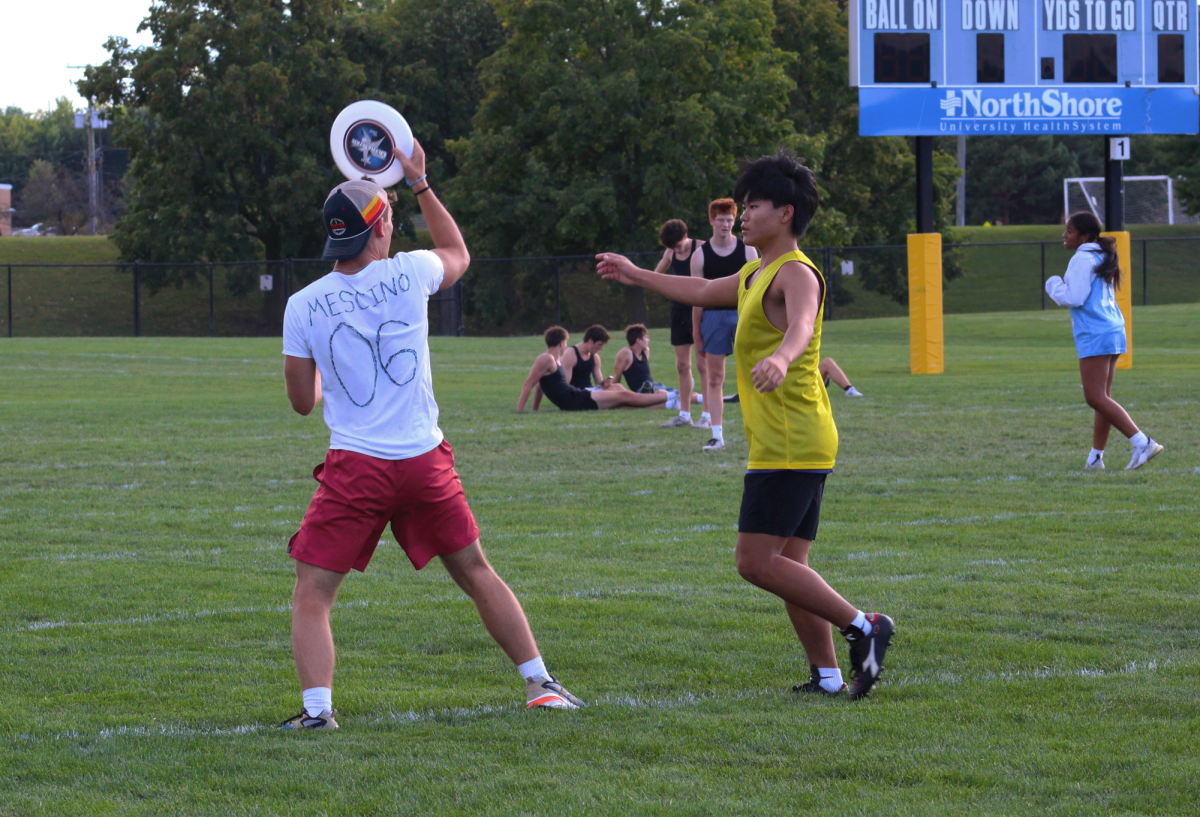By Cole Altmayer, copy editor
Reboots, remakes, reimaginings, returns. Doesn’t every variation of the word put a bad taste in your mouth? It’s just clever marketing jargon for, “Hey, let’s take that thing you really like and make it something you really don’t.” You can practically smell the studio executive’s cologne stench all over these shallow excuses for entertainment.
“Twin Peaks: The Return,” however, is an exception. A really weird exception.
Creators David Lynch and Mark Frost must’ve had some dirt on the CEO of Showtime, because “Twin Peaks: The Return” doesn’t bet on nostalgia carrying it all the way to the bank, nor does it seem like something even marketable in the slightest. In fact, “The Return” feels like anti-nostalgia. “The Return” takes the original series, shoots it in the head, and leaves the body in a ditch on the side of a country road.
And I love every minute of it.
The original “Twin Peaks” series is a paranormal murder mystery set in the titular small town of Twin Peaks, Washington. It follows FBI agent Dale Cooper as he searches for local homecoming queen Laura Palmer’s murderer.
While definitely quirky and having the occasional artsy touch (as well as the infamously sadistic cliffhanger ending), the original “Twin Peaks” is something I could recommend to just about anyone. “The Return,” however, is just a purely surreal ride from start to finish, and definitely not for everyone.
“The Return” is a little less concrete in terms of plotting, and most of it doesn’t even take place in Twin Peaks. Rather than being a reboot or remake of the original series, “The Return” is a full-fledged continuation, taking place 25 years after the events of the finale. The easiest way to describe it would be the journey of Dale Cooper back to Twin Peaks after being trapped for 25 years in an alternate, hell-like dimension called the Black Lodge. In the meantime, a demonic doppelganger of Cooper that escaped the Lodge roams around the United States causing all sorts of trouble.
But really, even that explanation doesn’t cover much ground. “The Return” features a myriad of topics: insurance fraud, shady drug dealers, nuclear bombs, casinos, giant talking tea kettles and turkey jerky. “The Return” feels less like a television series and more like an 18-hour long art film, and I mean that in the most endearing way possible.
Director David Lynch hasn’t missed a beat ever since his first feature film “Eraserhead,” and “The Return” is easily his most ambitious effort yet. Every single scene oozes with Lynchian style, simultaneously disturbing and charming, and even scenes that are more or less irrelevant to the plot are intensely memorable.
The whole series is shot with digital cameras, creating a mood of sterility and discomfort in some scenes and a vibrant bouquet of color in others. Visually, “The Return” is like a more finely tuned version of Lynch’s 2006 film “Inland Empire,” which was also shot exclusively on digital.
The cinematography is top-notch overall, but it especially shines in “Part 8,” which conveys a very important part of the story almost exclusively through visuals, while utilizing as little dialogue as possible. Visual storytelling is where Lynch really shines as a director, and why he’s a household name among film buffs worldwide.
I feel like I appreciate “The Return” more as a fan of Lynch’s films more than I do as a fan of the original “Twin Peaks.” For as weird as the original series can be, it still feels restricted by the bonds of what you can do on television. “The Return,” however, is not. It has much more in common with something like Lynch’s 2001 film “Mulholland Drive.” It’s dreamlike at times and nightmarish at others, brimming with visual metaphors and plot devices that rely more on viewer interpretation than spoonfeeding answers.
Understandably, this is something that might turn off a lot of viewers to the show. Lynch is famous for never explaining what exactly his movies are about, so if you are someone who doesn’t like unanswered questions and loose ends, “The Return” might prove more frustrating satisfying. But for me, half the fun is putting all the pieces together.
However, “The Return” has some glaringly unresolved plot threads that feel unfulfilling. The show feels almost a bit too long and overindulgent for its own good, and most of the new plotlines introduced in this new season feel an awful lot like filler, especially when most of them are basically ignored in the final two episodes. These plotlines contain a lot of bizarre imagery and intriguing character interactions, but ultimately they feel incomplete and unnecessary in the grand scheme of the show. Despite this, they serve as interesting enough vignettes on their own to not be complete wastes of time.
The other main issue with the show are the visual effects. I’m not sure if this was a conscious design choice from Lynch or if it had to do with budget constraints, but many of the special effects in the show feel very amateurish and thrown together, with the sole exception of “Part 8,” which has excellent CGI.
I’ve heard some praise the effects as ways to convey the sheer surreality of the paranormal events taking place in the show, but this claim doesn’t really make sense as even the more mundane special effects, like gunshots and wounds, look dated and silly. As much as I enjoy Lynch, this particular defense seems like a case of the emperor’s new clothes.
“Twin Peaks” was daring for its time with its dark themes and season-spanning plotlines, but the greatest accomplishment of “The Return” is the fact that it pushes the envelope one step further. Half of the time I was watching the show, I was wondering what series of events led to a boardroom of money-minded Showtime executives agreeing to put this show on the air.
It doesn’t feel like anything I’ve ever seen before — not even the original “Twin Peaks” series. And in a world filled with reboots, remakes, reimaginings and returns, I’m eternally grateful for that.
Categories:
'Twin Peaks: The Return' surprises, impresses
September 27, 2017
0
Donate to ProspectorNow
This coming fall, we plan on traveling to the 2025 National High School Journalism Convention in Nashville, Tennessee, where we'll learn from professionals and get better at what we do: making the best multimedia student journalism in the state. If you've ever found anything of worth on this website, please consider donating to offset the cost.






































































